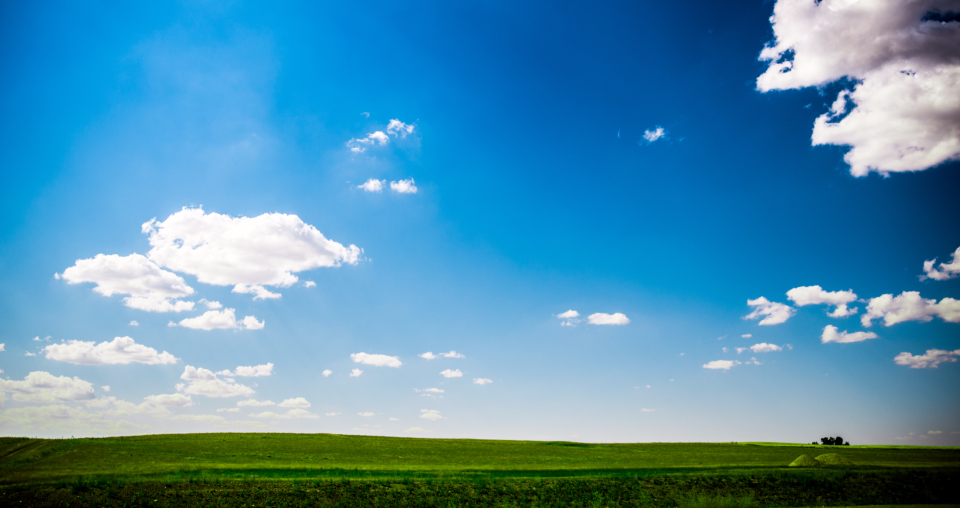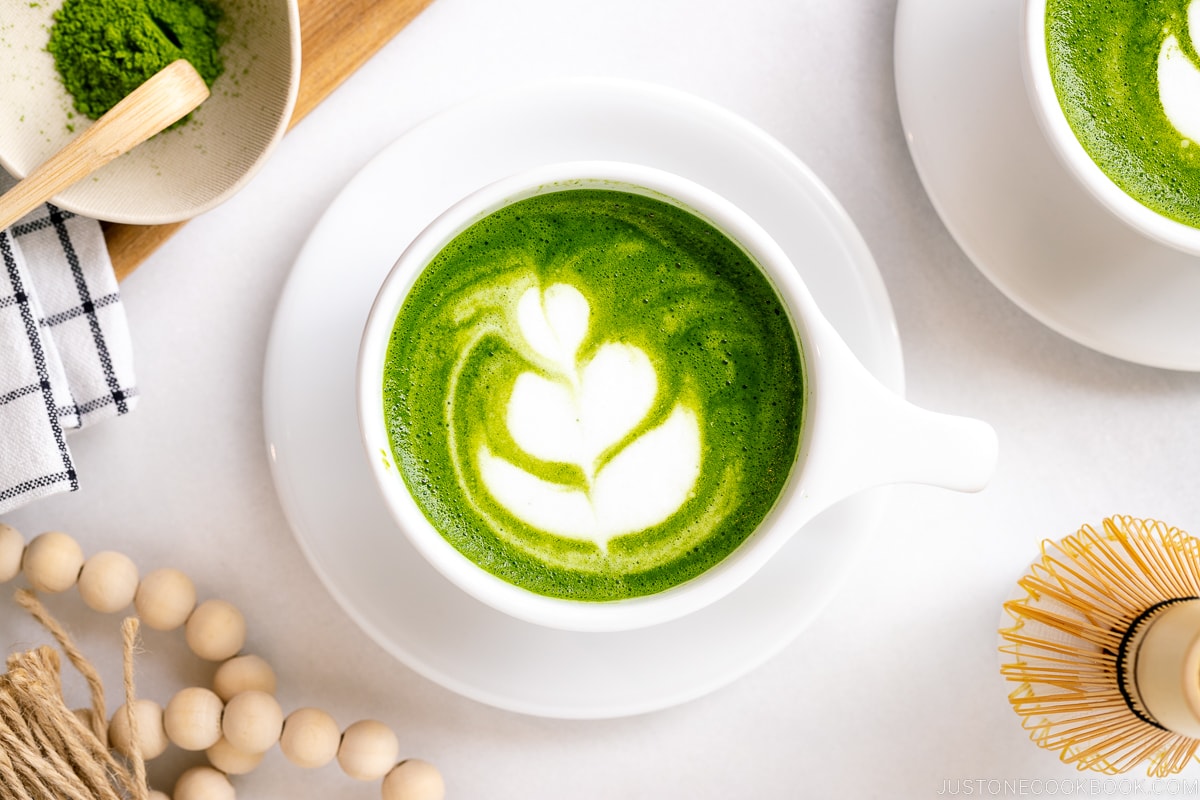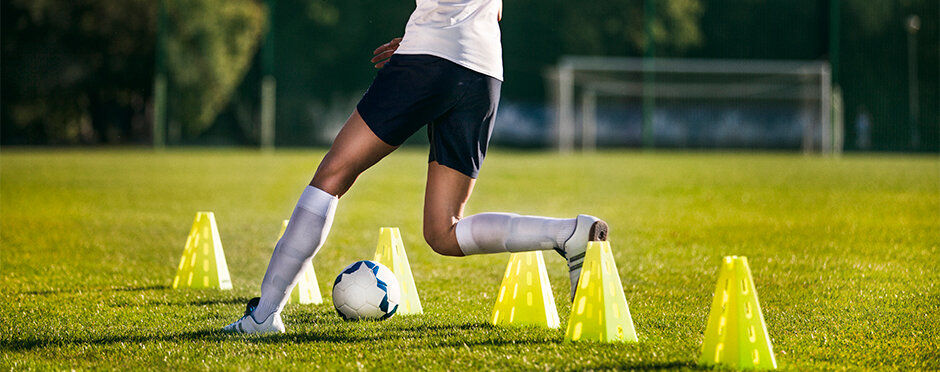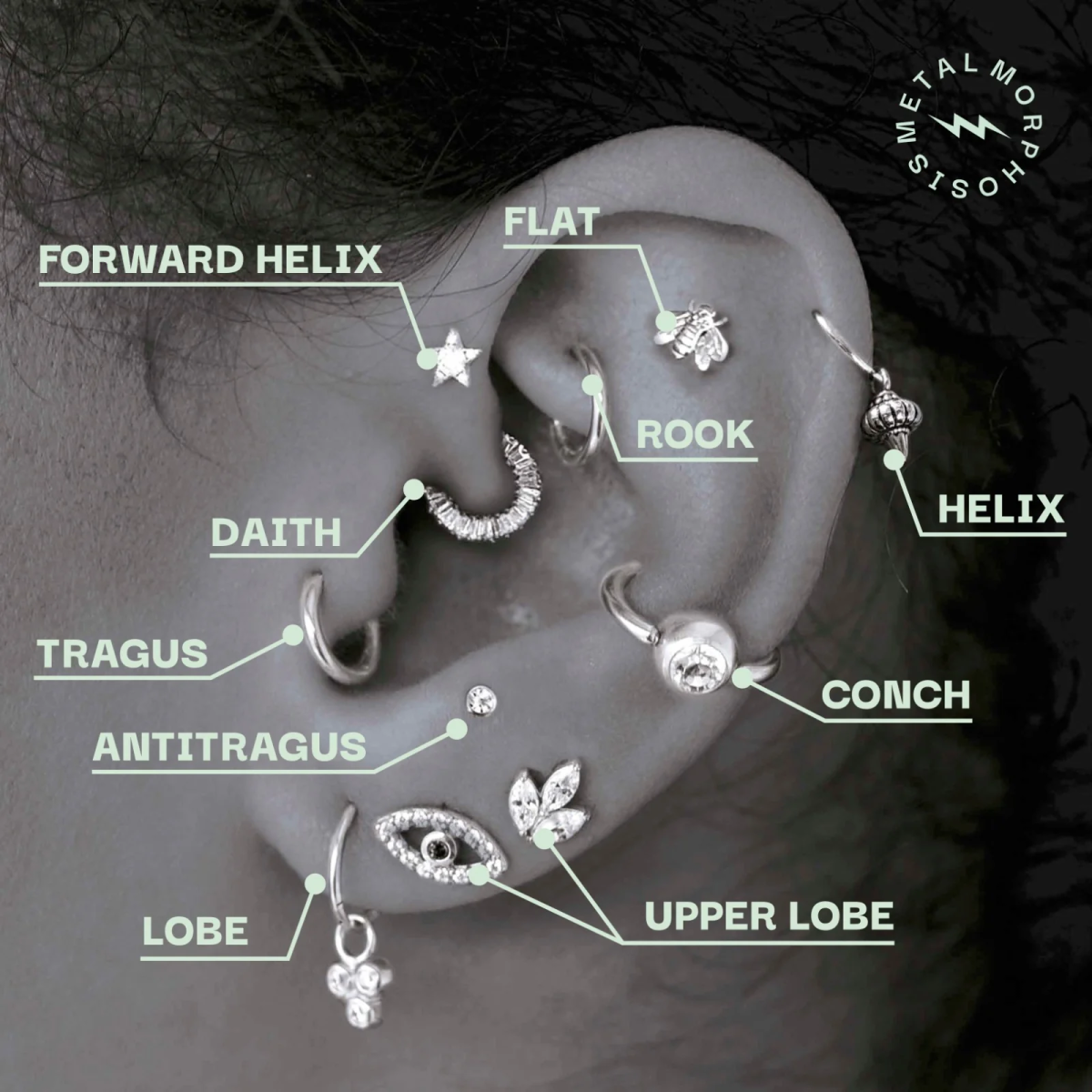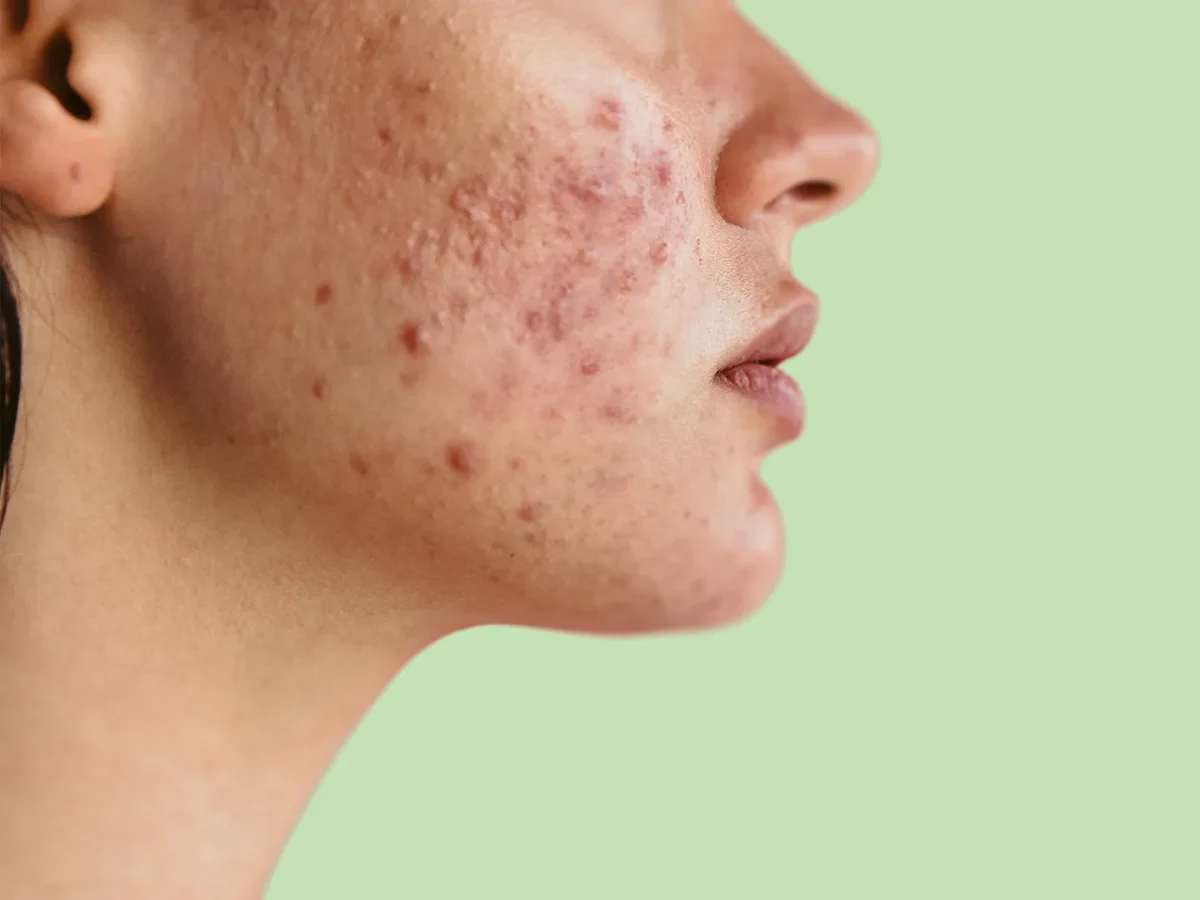Have you ever felt your mood go up with the temperature? Or likewise, go back down during the colder months? You’re not alone.
During the warmer months, it’s been a common theme to see a higher amount of energy and enthusiasm to get up each day. Morris Psychological group looked into this phenomenon.
“There is data to show that as the amount of sunlight increases during spring, the depressed mood abates,” said Dr. Lisa Hahn, clinical neuropsychologist.
Seasonal Affective Disorder (SAD) is the blanket term for this occurrence. Various types of psychologists like Hahn have tried to pinpoint the causation of this issue. One possibility was a deficiency of vitamin D during the winter.
Vitamin D levels are heightened with increased sun exposure, which is not reflected through the low UV index and cloudy nature of the colder months. To combat the depressive state that the deficiency causes, many healthcare professionals recommend taking a vitamin D supplement to their patients, and to increase the amount of outdoor time when the temperature spikes back up.
Some studies found that less time doing outdoor activities could cause the SAD symptoms to rise. Many activities, such as walking or outdoor sports, require there to be higher temperatures and longer daylight hours, which is exactly what late fall and winter lack.
Students definitely feel this change, but some don’t attribute it to the change of temperature.
“My mood is the best during the summer, and that’s because I don’t have to wake up for school and I have more time to spend with my family,” said senior Landon Thompson.
Thompson also mentioned that the colder months cause his motivation to dramatically decrease. He finds himself wanting to stay in bed longer, and his room becomes messier by the day. These are symptoms of SAD, and he’s not the only student who feels this way.
“My mood is always the worst during the winter,” said senior softball player Kara Golden. “It’s dark and cold, which makes me want to be back on the beach.”
Golden is in the midst of her softball season, and she’s excited to replace the fake tan with a genuine UV index one.
This disorder doesn’t affect everyone, though; some students find themselves thriving during the cold and miserable during the summer.
Senior Kaitlyn Keyser finds enjoyment in the barren trees surrounding her in the colder months. On the other hand, her mood is instantly lowered when she opens the door and feels hot air.
“Summer is just too hot for me; fall is much better,” said Keyser.
Depression is commonly accompanied with social isolation, which the colder months encourage as fewer people want to go outside when frost is on the windows. So, if someone is suffering from SAD, it’s recommended that they socialize more frequently.
Once it gets warmer out, curing SAD isn’t the only thing that sunlight and warm temperatures will do. In a study conducted by a psychological group, 50% of hikers responded that there was a correlation between the weather spiking and heightened amounts of creativity.
The school year is winding down and the weather is getting up to the 60s again, which means more school activities are taking place. Some of these include: the spring play, sports games (softball, baseball, lacrosse, etc.), and the Creative Arts Festival.
With all of these activities taking place, and graduation right around the corner, the school will certainly become more lively in the next few weeks!


